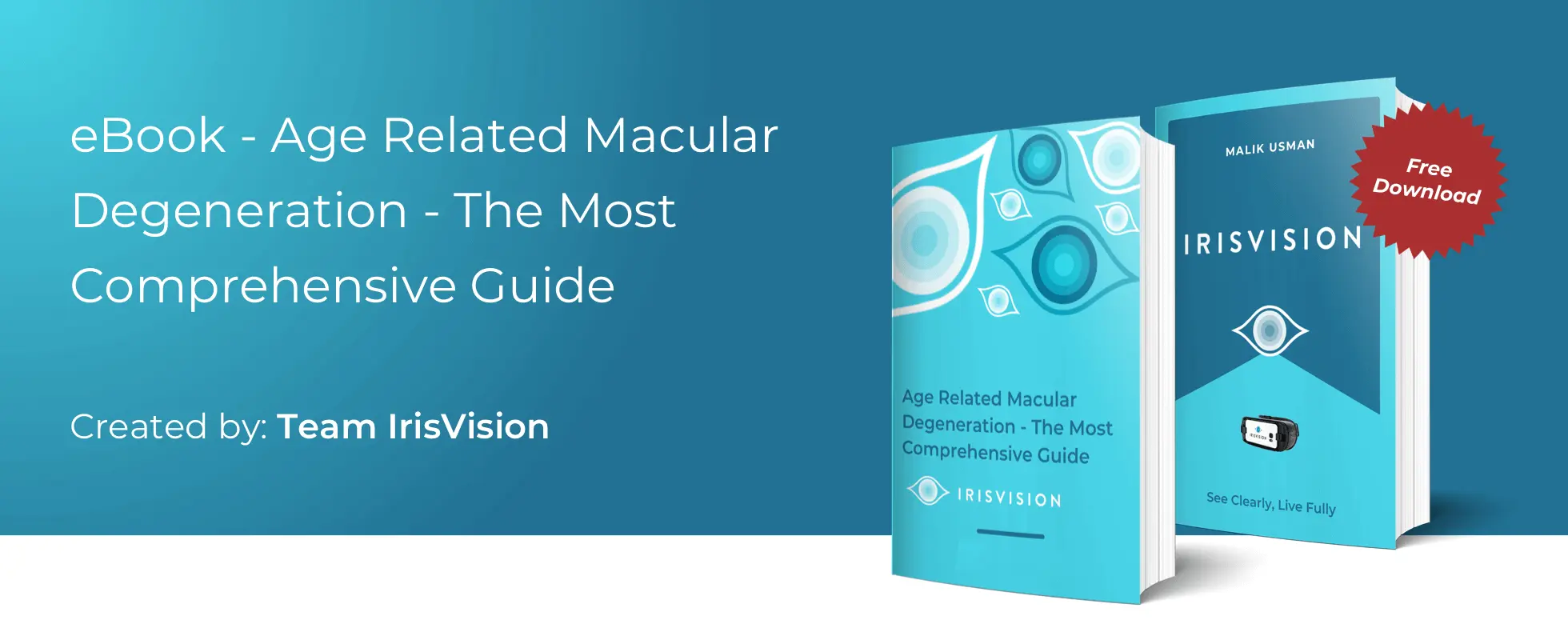According to the findings of a report shared on Lighthouse International:
Not only has this, but the following estimates from the same report make it further clear that the prevalence of vision impairment gets higher with age.
All these facts and figures serve to establish the correlation of old age and vision problems. So, what does it mean for you? It means resorting to preventive measures from a very young age to make sure your eyes remain healthy as you age.
Let’s have a look at some of the most common vision problems likely to affect you with aging and learn about some of their major symptoms, so that you can seek immediate professional assistance from an eye doctor, ophthalmologist or an optometrist for best possible diagnosis and treatment of your eye problem(s).







